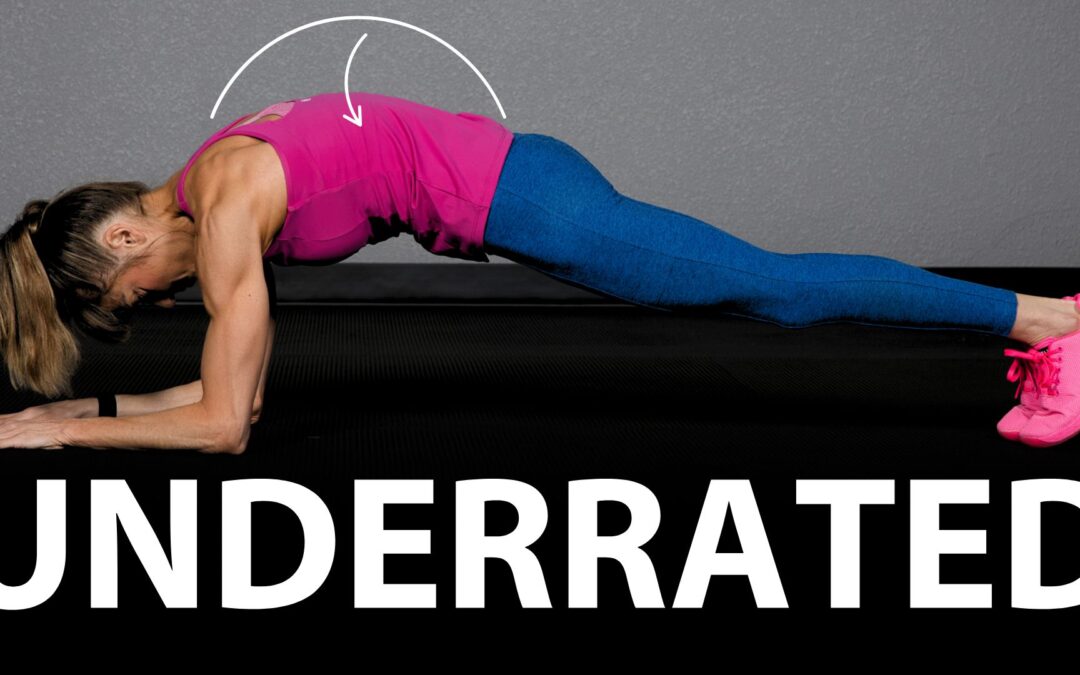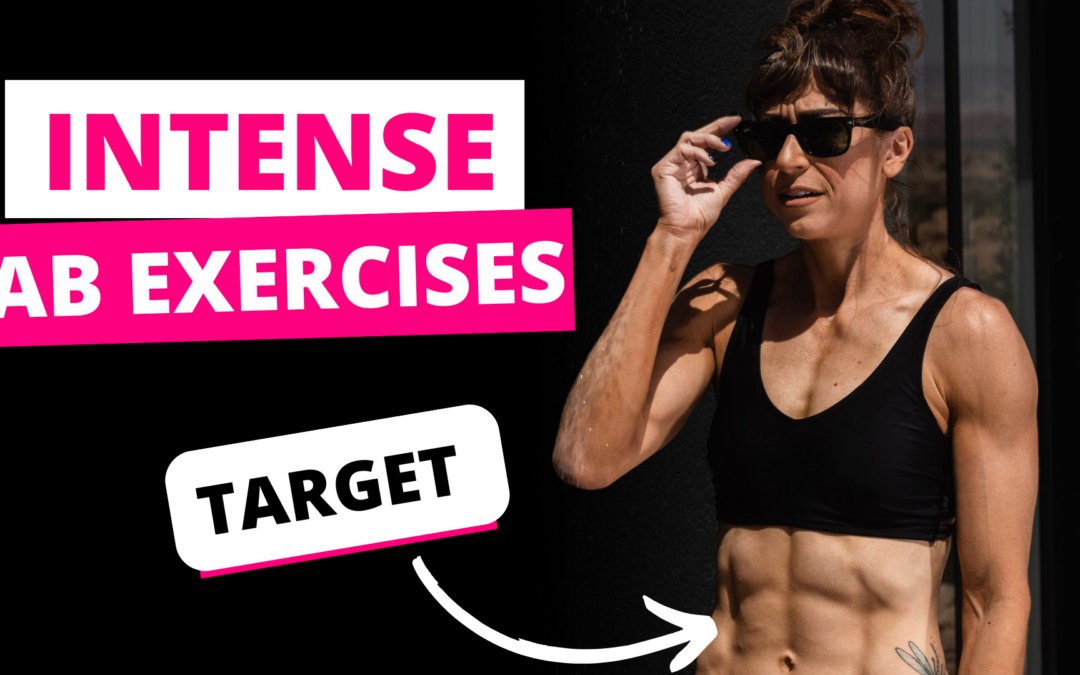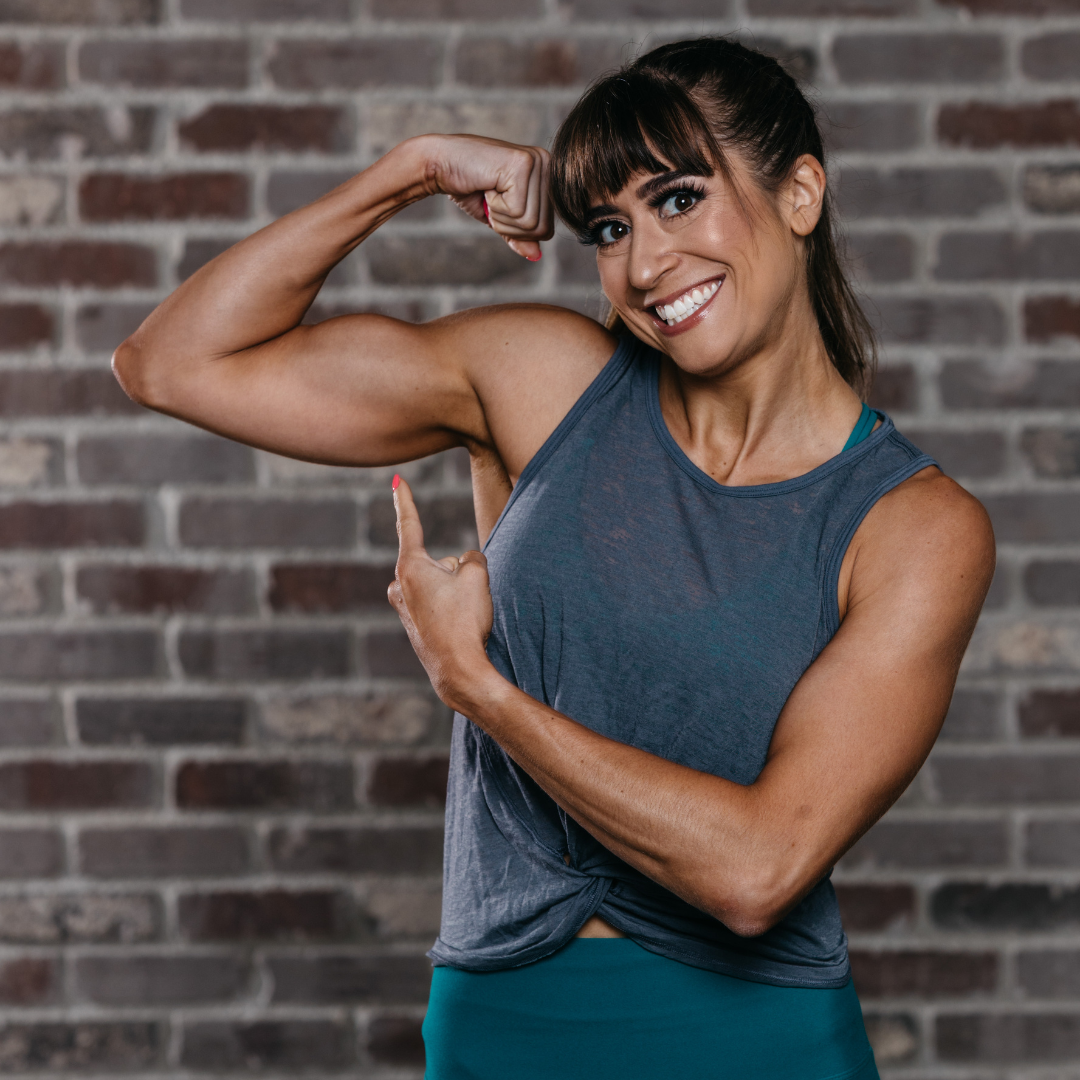
by Cori Lefkowith | Aug 3, 2025 | Blog, Bodyweight, Exercises, Functional Fitness
Planks are an amazing core stability move. And you’re never above that fundamental basic front plank. However, too often we just stick with one variation of an exercise instead of seeing the opportunity in the different options. To progress and build on your plank and...

by Cori Lefkowith | May 4, 2025 | Blog, Core, Exercises, Pain Relief, Workouts
Feel like your ab workouts aren’t paying off? This video’s your missing link. Because harder moves don’t mean better results. We can be doing all the “right” exercises—and still not see the payoff. Why? Because we’re compensating. Letting our hips or lower back take...

by Cori Lefkowith | Mar 9, 2025 | Blog, Core, Exercises
One small tweak to a move can be exactly what we need to create progression and take our results to the next level. That’s why I want to show you how just this small change in your bench positioning can progress the basic lower body crunch to challenge those lower abs...

by Cori Lefkowith | Dec 8, 2024 | Blog, Core, Exercises
You clicked on this video for 7 intense ab moves. I know, I know…Just tell you the moves. Well I’m going to. Here’s move #1 of 7 in total that will focus on not just your abs, but especially that lower portion of your rectus abdominis…. Move #1: Weighted Crunches The...

by Cori Lefkowith | Jul 7, 2024 | Blog, Core, Exercises, Functional Fitness
No you can’t spot reduce the fat around your middle by doing a bazillion crunches or sit ups… BUT focused ab work can help you get that lean, defined core when your nutrition is dialed in. Yet too often we skip the core work. If we add it in, it’s an afterthought. And...






